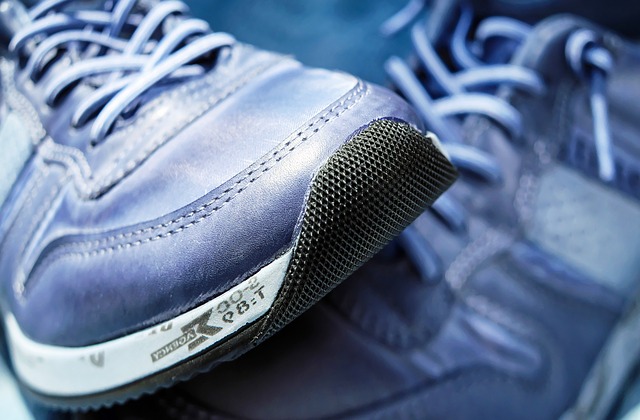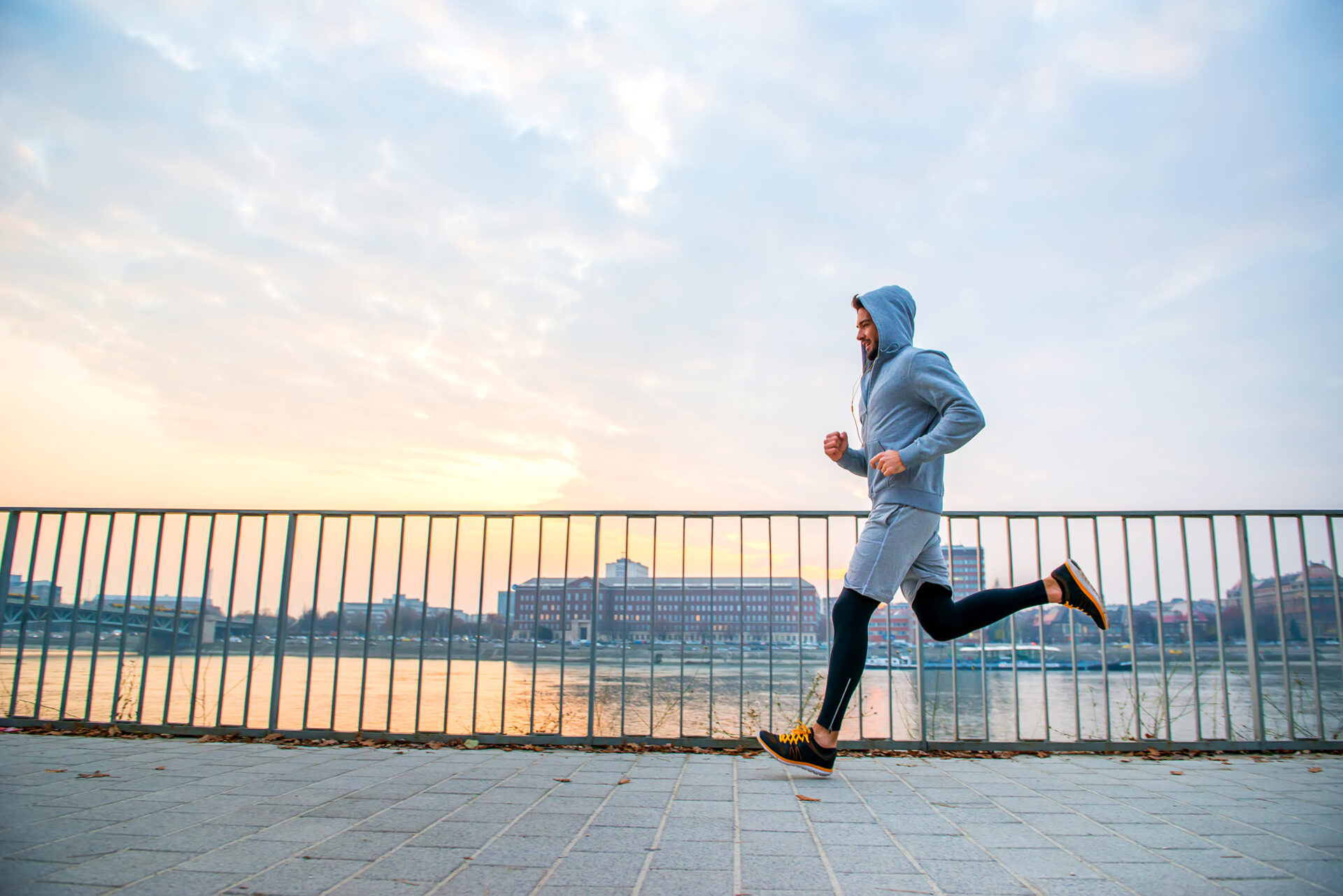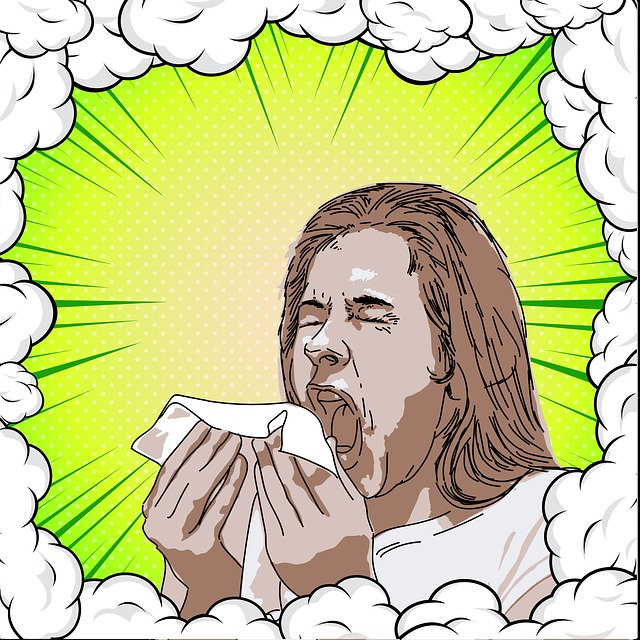Blog
Running Form
For all of its health benefits and ease of accessibility, it is almost unequaled as a mode of exercise and, at our chiropractic office, we celebrate the runners in our community. We also want to help them minimize the collateral damage incurred by joints in the back (not to mention, the knees!) which are exposed to repetitive trauma and hard surfaces. By all means continue running for the increased lung capacity and improved circulation, for the stress reduction, stretching and strengthening, but heed our advice regarding the pitfalls of running:
- Posture is important, to prevent a forward tilt of the pelvis which can destabilize the lower spine. Focus on keeping your face forward and not down, establishing your hips as your center of gravity, and keeping your shoulders back and relaxed.
- Mix up your running surfaces: strictly running on concrete is likely to cause accelerated cartilage degeneration and joint damage.
- Change your running shoes every 400-500 miles. Despite the financial burden, it is the only serious investment required for running and it goes a long way to protect your joints from being the only agents acting for shock absorption.
Your body is a fine-tuned machine that can handle the physical rigors of running but, given long enough, it can take a toll. We are here to make sure that your body is maintained along the way, ensuring that muscles are free of tension, joints in the back are adjusted and nerves are free of irritation. This helps regulate the nervous system, prevents pain, and helps you recover more quicker.
Plank you very much!
Planking is a super exercise
This exercise is a total body tonic because it focuses on building the core, which is the foundation from which the rest of the body can be developed on. Before you start to address the issues that have your shoulder and upper back in knots it is prudent to establish good core health and the plank is a go-to. Here are some of the benefits of daily planking:
- Reducing low back pain
- Increasing core strength and stability
- Boosting flexibility and balance
- Helping you maintain good posture
The recipe for a good plank.
To get the most out of your plank, it is important to observe proper form:
- Elbows directly under shoulders; wrists aligned with elbows
- Push body up and hold chin close to your neck
- Contract abdominals, squeeze glutes and thighs
Hold this position for 20-30 seconds (or as long as you can at first), no longer. Rest for 1 minute; repeat 3-5 times daily. When done properly, the plank targets every layer of the abdominal fascia with very little movement on your part. By pulling your belly button in, you can ensure that you are contracting the deepest layer of muscle possible.
Good form starts with a visit to the chiropractor.
As with all exercises, don’t attempt them if they cause you pain at any point. As your chiropractor, it is my job to make sure your body is in conducive shape for attempting strength-building movements. Planking daily will help you tone the muscles that make posture easier and this is a great way to combat a sit-heavy lifestyle; for help finding your perfect form, call our office to schedule an appointment today.
Lifestyles of the Anti-Inflammatory
Inflammation is one of the most insidious agents of disease because it starts with something good and necessary, the body’s natural healing response, and evolves into something destructive. Chronic inflammation compromises the systems of our body and leaves us open to the perils of age and life-altering conditions, including cancer and heart disease. Reducing inflammation’s role in your life means realizing a life with a lower risk of disease, looking and feeling younger, and living a longer, more prosperous life. We are familiar with the symptoms of chronic inflammation including persistent aches and pains in joints and muscles, and we recognize that it is no way to live.
The basics of an anti-inflammatory lifestyle include diet, exercise and sleep. The most immediate way you can start accounting for high levels of inflammation is by avoiding foods and activities that directly aggravate the body’s inflammatory response including processed foods and sweets, alcohol and tobacco and replacing these habits with foods that fight inflammation including omega-3 fatty acids, olive oil, nuts, tomatoes and green leafy vegetables. Hydration is important, as is finding ways to relax and sleeping well. With this, we can help; our chiropractic services help to regulate the nervous system. fight inflammation and help the body relax, especially if muscle tension or achy joints are a source of consternation.
We don’t want you to linger any longer in the grips of chronic inflammation; instead, give our office a call so we can start you on the path toward living despite conditions that are caused by or related to inflammation.
Staying Fit and Flexible
Can you remember how it felt to move as a child? the freedom of knowing that you could trust yourself in any movement with the safety net of knowing that most injuries could be swiftly and fully healed. As we age, the consequences of injury become more severe, which makes prevention all the more important. One of the most powerful ways to keep yourself injury-free is by maintaining your range of motion. It helps to define flexibility and range of motion: flexibility refers to a joint’s ability to perform a standard range of motions and thus, a joint with a full range of motion also enjoys good flexibility. A body full of flexible joints and pliable muscles allows you:
- to feel confident in your daily movements and exercise
- to uphold better posture
- to lengthen your muscles and connective tissue
- to develop a further layer of injury resistance
- to perform better physically.
The unhappy reality is that flexibility declines with age and facing this reality means we need to take more proactive measures to keep our bodies fit and flexible. At our office, we want to help you achieve a more flexible you. We want you to be able to perform the motions of your daily life without pain and to this end, we focus on rehabilitating injuries that may be holding you back. An important piece of any flexible human is the balance of their spine and we help you maintain this through the chiropractic adjustment. Once the injury’s grip on your life is gone, we can construct a plan for wellness that includes strong and flexible joints and muscles.
Winter is Coming, Warm Up To It
The cold weather of winter slows our muscles down.
This has a far-reaching impact when it comes to the range of motion and physical performance throughout the day. Whether you are working out or going to work, stepping out into the cold chill of the morning can cause muscles to lose heat and contract which leaves you feeling tight. It is no coincidence that people are more likely to report joint and muscle pain and stiffness during the chilly months.
A gentle warm-up
Warming up could be the difference maker in your fitness this winter! People sometimes mistakenly think that warming up just means a blitz of movements and stretches that get your body ready for the impending exercise. However, it is much more subtle and we advocate a more gentle approach. We want to focus on the “warming,” part of the term: by slowly stretching, we ease our bodies into the routine and as body temperatures rise, the muscles heat up and loosen, allowing for greater muscle-building capacity, physical performance, and a lower likelihood for injury!
Keeping up fitness levels in the winter
There are a plethora of reasons why we want to keep our exercise levels steady in the colder months:
- Keep stiffness at bay
- Strengthen muscles
- Improve circulation
- Control weight
All of these things contribute to healthier joints and bones, which in turn help you to feel happier even when the sky is grey. We urge you to not let your fitness fall by the wayside this winter. Instead, give our office a call so that we can work together on keeping your body in a state of balance and health this winter, beginning with the warm-up!
Chiropractic & The Common Cold
The common cold is perhaps the most widely experienced illness in America
And we are now entering its prime season. As viruses attack on all fronts (nose, throat sinuses, lung, muscles), we begin to sniffle; our heads get stuffy and we start to feel tired. Then we reach for the medicine cabinet, masking the symptoms and getting on with our day rather than treating them at the source. While there is nothing inherently wrong or bad about this approach, it could be avoided entirely in the first place, saving you money and time that could be allotted in better ways.
Boosting the immune system
Colds generally befall people whose immune systems, for whatever reason, are compromised at a certain period of time. The germs have more potency against a weakened immune system and thrive in this environment. This is the pitfall of a traditional approach to treating the cold: by taking medicine, we are not allowing our immune systems to strengthen. Chiropractic, while not being a true treatment for the common cold, takes a different tack: by locating and correcting subluxation, we regulate the flow of the nervous system and increase your body’s capacity for natural resistance. This helps you to avoid the illness in the first place because your body’s systems are strong.
Staying strong through the cold season with chiropractic help
Exercise, sleep, and nutrition are other important factors that play into preventing the common cold. If you are having difficulty optimizing your lifestyle against the incursions of the common cold, give our office a call to schedule an appointment today; our services help you overcome illness quickly and increase your natural resistance to them simultaneously. In short, chiropractic combined with plenty of sleep, eating fresh fruits and vegetables, together with exercise will enable your body to fight back the onset of the microorganisms that are constantly attacking you. Good posture opens your airways, exercise opens your vasculature, and further improves your abilities to fight both small and large enemies. Stay vigilant my friends.
A Road Map of Poor Posture
For most people posture is a marginal daily consideration, so it makes sense why desk jobs can inflict so much damage on the average worker. Sitting is the position most conducive to poor posture and probably the quickest to cause spinal degeneration; it is also the position that lends itself to comfort and, in our quest for comfort, we often leave our spines compromised as we slouch, slump and lean ever forward toward the computer screen. Poor sitting posture is a health concern because it leaves us open to so many injuries that are incubated and bred by weak muscles and poor curvature. Here is a road map of what poor posture and sit-heavy lifestyles do to your body:
- Beginning with the hips: sitting shortens the hip flexors, which respond by adjusting to their new length.
- This perpetuates anterior pelvic tilt because the tight hip flexors pull the pelvis forward, destabilizing your core, and contributing to lower back pain.
- The glutes are not activated regularly and thus, the entire posterior muscle chain is being used less than necessary to keep them strong. This also contributes to lower back pain because the lumber region picks up a lot of the slack in regards to initiating movement (such as rotating or lifting).
- Internally rotated shoulders: muscles become locked into a hunched over forward position, destabilizing the shoulder and upper back region.
Recognizing what a mess we are in is the first step to extracting ourselves from it. At our office, we have the tools you need to overcome short hip flexors, reverse anterior pelvic tilt and restore your shoulders and upper back to a semblance of stability. Once we establish a baseline and a penchant for good posture, we can move forward with stretching and strengthening that focus on the muscles that make posture easier. If your body is in a state from the rigors of a deskbound job, give our office a call and schedule an appointment today.
Herniated Discs: Do’s/Don’ts
When it comes to healing herniated discs, knowledge is a golden ingredient. Turning yourself onto the right activities and avoiding ones that can aggravate the injury, while eating properly and checking in regularly with the chiropractor can help your body rehabilitate a herniated disc efficiently without surgical intervention.
Avoiding bed rest is key. If the pain is severe, a few days of rest may be advisable, but it is important to keep yourself moving to prevent the injury from worsening. Avoiding activity is the best way to weaken your body, making the soft tissues surrounding the injury even more susceptible to injury. Intervertebral discs are also more likely to stiffen if they are not articulated regularly.
- Focus on light aerobic activity: the kind that keeps your circulation flowing and your body in balance. This is the best way to ensure
- Focus on strengthening the core as a stabilizer: this helps develop muscles to share the burden of the body’s weight with the lower back.
- Avoid certain exercises: weightlifting, leg presses, and twisting exercises can be problematic to the herniated disc sufferer.
- Focus on posture and forget about soft furniture that lets you sink into it.
Our services are an augment to anyone’s fitness plan for rehabilitating a herniated disc. Chiropractic adjustment and spinal decompression are two modalities that open up the injurious region to an influx of healing nutrients, while our massage techniques help to break up scar tissue and fight inflammation, keeping you relaxed and easing the pain.
Untying your Knots
Feeling stiff is not feeling well
Even if we don’t have a tool to measure it with, everyone knows what it feels like to be stiff. It’s uncomfortable, it might even be a little bit painful, and when it occurs regularly, we generally look to the muscles for answers.
Knots, trigger points, tight balls of pain
Whatever your name for them, they indicate a malfunction in the musculature. Remaining motionless for long periods of time (especially sitting) keeps some muscles constantly contracted and others completely disused. This constant contraction is what often develops into tight balls of pain and we feel tight. Your muscles are also being trained to resist elongation, perpetuating the problem further. The next time you go to activate the muscle, you feel stiff.
Stiffness doesn’t mean there is something wrong with your range of motion.
Because the range of motion is the metric most people rely on for measuring potential movement, conversations regarding stiffness are quite often misguided in the direction of the range of motion. Being stiff doesn’t mean you automatically have a poor range of motion: you could have an excellent range of motion and still feel stiff. When our muscles are trained a certain way and we ask them to perform an opposing motion, they are bound to feel tight.
We want to make stiff and tight the exception, not the rule!
We identify muscles that have become excessively contracted and release them from their state of chronic tightness with trigger point therapy. By dispelling stiffness and pain, we allow you to focus on stretching and strengthening the key muscle groups that will help you stay free of pain throughout a day of sitting.
Life in the Mood Swing Lane
Mood swings are reflective of age and lifestyle.
Changes in temperament are normal for everyone on earth; mood swings are the more abrupt and seemingly extreme changes that seem to come on without reason. If we take the time to probe a little deeper, however, there is always a reason. Perhaps stress has been insidiously stacking for weeks; perhaps you haven’t been eating quite right and your cells aren’t getting the nutrition they need; maybe your activity level has been down and your body is responding with signals of pain that affect your mood; most likely, it is a combination of all of the above.
Mood swings are about imbalance.
The body and brain are constantly striving for homeostasis, which taken broadly is the tendency of your body and mind to seek equilibrium between the interdependent systems. As we get older, the pressures facing the body and minds’ attempts at homeostasis grow, our bodies trend toward becoming weaker, activity levels go down while stress levels go up and diet affects us more than when we were kids. Mood swings are a natural reaction to these pressures, but when they become unpredictable and destructive to our state of mind, it is time to take action.
Accounting for mood swings with help
At our office, we believe that many of the factors contributing to our mood swings can be reined in naturally, without pharmaceutical intervention. Chiropractic helps to correct subluxation and regulate the nervous system, the main vehicle of communication between brain and body. By streamlining nerve function, homeostasis becomes easier to achieve when you exercise control over other key lifestyle factors including diet, exercise, sleep and stress management. To start coordinating an action plan for dealing with your mood swings, give our office a call to schedule an appointment today!










